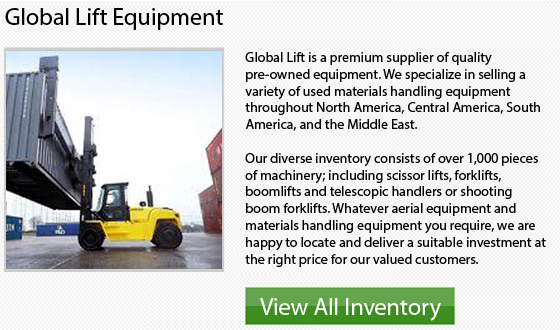
You'll notice a variety of different ways that raise or lower lifts on a lift truck: rack and pinion lifts, scissor lifts, telescoping lifts, screw lifts and articulated lifts. Scissor lifts employ crisscrossed folding supports with a screw mechanism utilized to draw the members together. Rack and pinion lifts utilize a pinion, which is a small drive gear, to drive a straight-toothed rack to lift the load. The telescoping lift mechanism is designed with multiple sections which extend and retract out of and into each other to attain lifting action. Screw lifts use threads to raise the lift. Articulated lifts use a mechanism involving multiple parts that unfold or articulate. An example of an articulated lift is the "cherry picker."
Forklift Material Handling
In material handling processes, you'll find numerous reasons to keep up with changes. Material handling methods and the machines could be utilized to deal with more SKUs, increased geographical coverage, and the need to lower inventories. Tools that are well ahead of the technological curve can help maximize efficiency and increase effectiveness.
Forklift Battery & Charging Technology
The decision to convert from traditional, IC lift trucks to electric forklifts is a smart one because the newest series of electric lift trucks offer higher capacities and longer run-times than ever before. Charger and battery combinations are offering a lot more power for longer periods than older systems could achieve. Enhancements in both battery and charger technologies are not just making electric lift trucks more beneficial but they are making it possible to have more environmentally friendly warehouse operations.
These new batteries are called Lithium-Ion Batteries or Li-ion batteries. This technology is still somewhat new, but Li-ion batteries show remarkable promise. They are not just smaller but can hold up to six times the charge of standard lead acid batteries. Li-ion batteries have extremely low maintenance requirements and could maximize opportunity charging through zero memory technology.